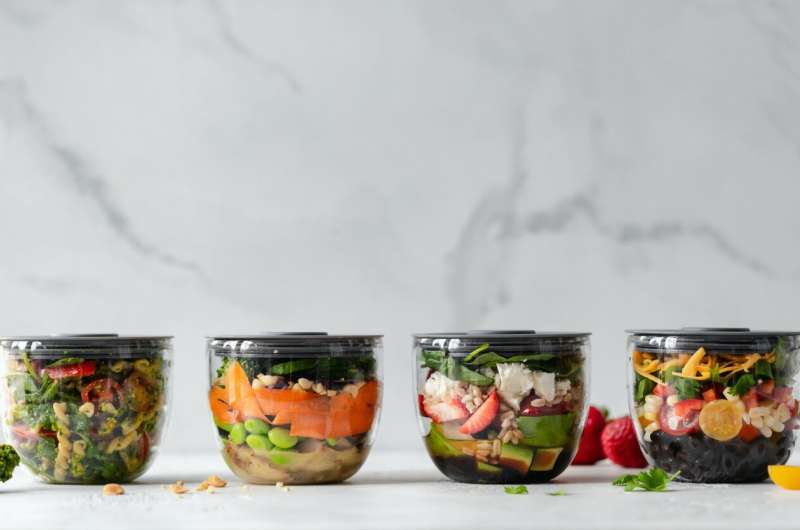Reusable food containers and food safety

The Food Safety Information Council today issued advice about safely using reusable food containers, especially as they are gaining acceptance with food retailers.
Cathy Moir, council chair, said whether it is your coffee keep cup, refillable water bottle, or if you are taking your own container to the deli, take away or cafe we need to follow some safety tips to make sure we aren't increasing cases of food poisoning.
"We support the reduction of singe use plastics but not at the expense of increasing the number of cases of food poisoning. For example, we support the use of thin plastic bags to stop the contamination of ready to eat salad vegetables at the checkout or loose in supermarket trolleys," Ms. Moir said.
"But you need to follow these six simple tips to keep your food safe":
- Make sure the container is easy to keep clean and that you clean it thoroughly with hot water and detergent (or in the dishwasher) between uses. Some types of containers, such as plastic takeaway food containers are only meant for single use or are very difficult to clean so are not suitable to reuse as a food container.
- Your container must have a sealable lid that won't leak and have removable seals for easy cleaning. This is especially important for raw meat that could drip onto other food.
- Stick to the rules of the retailer, for example, some retailers won't accept glass or ceramic containers in case they are dropped and shatter.
- Where your retailer doesn't offer plastic "barrier" bags for fruit and vegetables, that won't be cooked before eating, take your own washable bag and, as always, thoroughly rinse the fruit and veggies under running water before use. If you do use a plastic produce bag remember that soft plastics can be recycled at RED facilities in many major supermarkets.
- If you are purchasing hot food or taking a "doggy bag" of leftovers home from a restaurant transport the food in an insulated bag and use or refrigerate within two hours. Make sure the container you use is suitable for reheating in the microwave or oven. Leftovers will last two to three days in the fridge and should be reheated to 75°C or using the microwave reheat auto function.
- Discard your plastic container once it shows signs of wear and tear as cracks, breaks, scores in the plastic can allow contaminants to enter or make the container difficult to clean. This may allow chemicals to migrate into the food or contaminate it with shards of plastic.
"Finally, don't forget to empty and wash your reusable water bottles daily after use to prevent bacteria, and even fungi, growing inside the bottle from it touching your mouth or even leaving a half-finished bottle lying about at room temperature. Use hot water and a bottle brush then allow the bottle to air dry thoroughly before refilling or put it in the dishwasher if the bottle is dishwasher safe. If you use a water bladder when jogging or cycling you can clean it with hot water and two tablespoons of baking soda or bleach, hold the bladder up and pinch the bite valve so the solutions runs into the tube, then leave for 30 minutes. Then rinse with clean water. Some brands also sell cleaning tablets to use," Moir concluded.




















